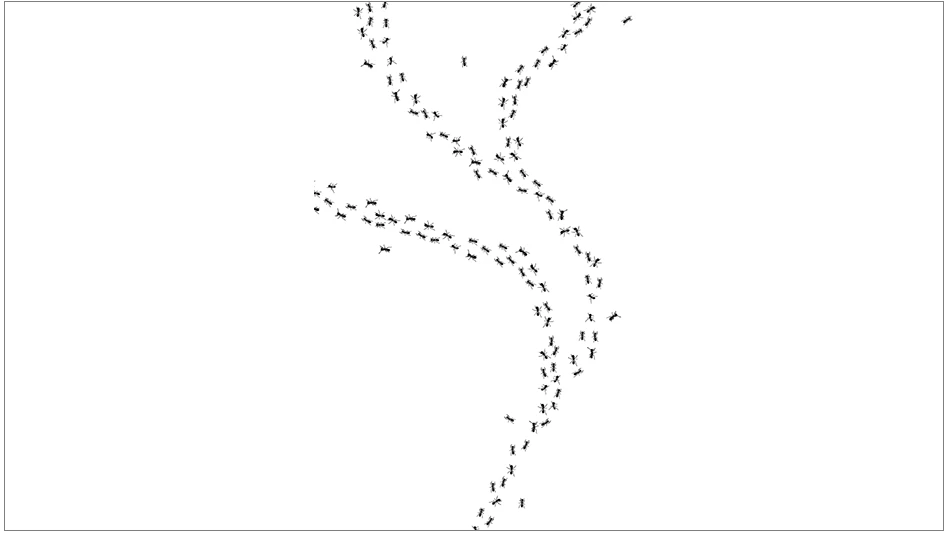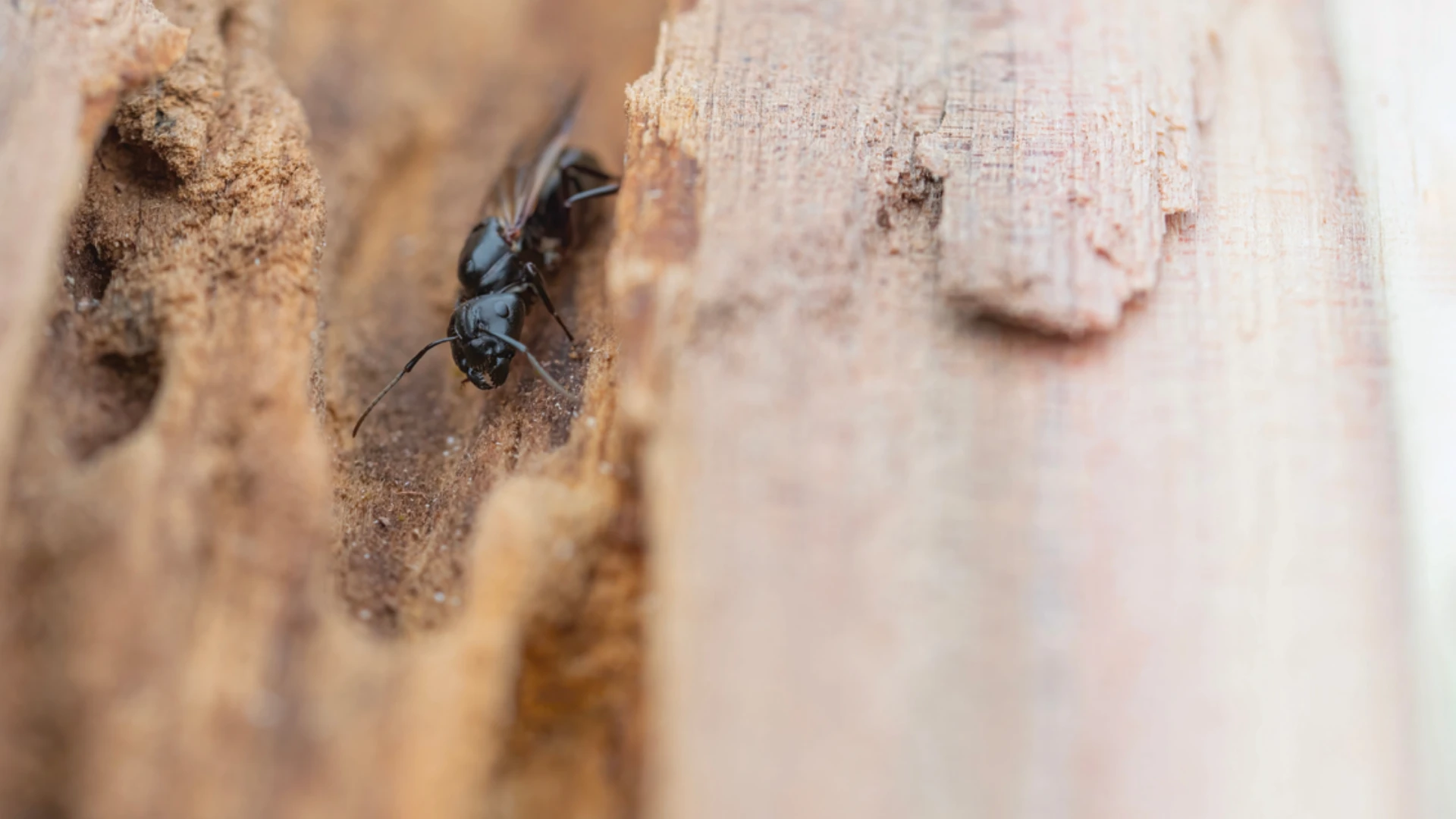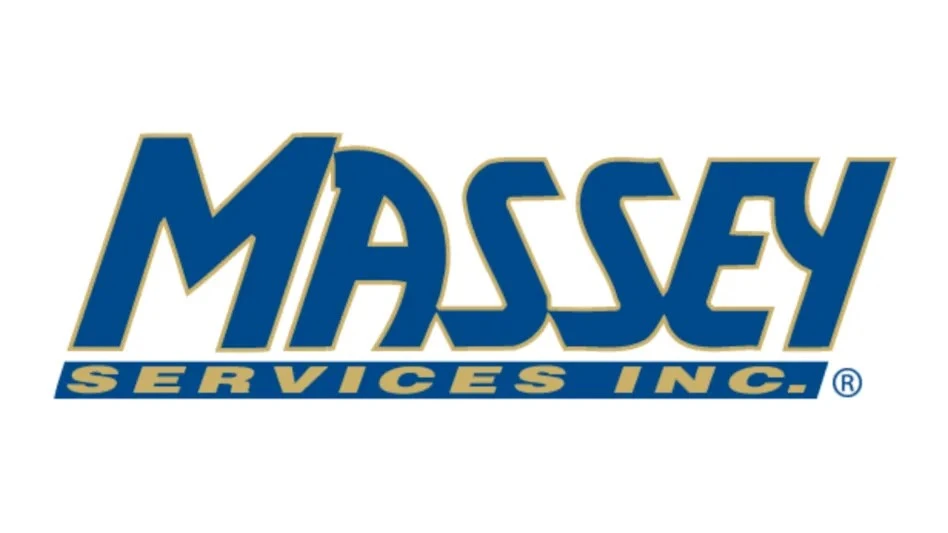
Editor’s Note: This story first appeared in Quality Assurance & Food Safety magazine’s July/August 2021 issue.
If there’s anything as inevitable as the shifting of the seasons, it’s the pests that come and go along with each change.
Spring is a time for emergence with arthropod pests waking up from cold winter days to forage, while mice and rats leave protected harborages to explore new habitats. Meanwhile, spring warmth and summer heat prompt rapid population growth for all pests with some areas experiencing abnormal explosions of certain pests due to ideal environmental conditions.
As the weather begins to cool, pests seek sites in which to survive the winter, and buildings make an attractive winter harborage. Certain pests, such as Asian multicolored lady beetles, cluster flies and brown marmorated stink bugs, have perfected the role of overwintering pests.
When working with food facility or warehouse clients, pest management professionals (PMPs) should take a proactive approaches long before cool days and nights trigger pests to seek more suitable winter quarters.
Each building is unique with its own particular exterior pest populations, building age, landscaping and maintenance level. However, certain general steps can be taken to minimize fall invasions of pests into food plants, warehouses and related buildings. Here are 10 quick tips and reminders.
No. 1
Good manufacturing practices (GMPs) dictate food storage, processing and packaging facilities maintain buildings in a manner to exclude pests from entering. The best approach to stopping exterior pest insects and rodents from entering is through inspection and exclusion efforts to seal them out.
No. 2
You should find and point out openings and cracks that can serve as potential pest entry points, but food plant and warehouse personnel should be trained to report cracks or holes that are noticed to the facility maintenance office so these can be sealed or repaired.
No. 3
Close off some larger cracks or openings using rodent/pest proofing materials available to you. Permanent repair or sealing should then be addressed by the facility, which you’ll want to work with them on.
No. 4
Food plants and food warehouses are typically very large buildings with many sections/rooms, floors, outbuildings, etc. Every large building, however, will have certain areas or sites that have repeated pest activity year to year. By examining past pest activity reports and plotting where and when different pest species appear inside (or outside) a building, one can identify sites which need preventive efforts. Analyzing these sites should reveal conditions that may be attractive to the target pest and openings where they can enter.
No. 5
Landscaping choices can play a significant role in attracting pests to a building, particularly ants. Switching out plants and shrubs that are prone to aphids can reduce the numbers of ant colonies near the building. Heavy ground covering vegetation should be eliminated next to or close to buildings.
No. 6
Nothing can be done to make a building less attractive during late summer and early fall to overwintering pests such as lady bugs, cluster flies or stink bugs. Such pests are attracted to the warm walls of the building, which signal a favorable site to overwinter. Buildings that have had problems with these pests should take preventive steps to minimize entry into the building.
No. 7
Overwintering pests usually target the southern and western walls of a building where the fall sun hits, usually entering through cracks on upper parts of the building. The best time to seal such openings is during the summer before these pests start flying to the walls. You may need to prepare to work at heights to implement exclusion efforts high on a building.
No. 8
Residual treatments may be applied to sites around openings where overwintering pests may attempt to enter a building. Such treatments should be applied in late summer or early fall. Applications should be timed earlier during this period in northern states where temps get cooler sooner in the season.
No. 9
Rodent control is a year-round endeavor, but rodent activity into buildings escalates as the weather grows colder and outside food sources dry up. Steps such as removing harborages and rodent proofing are necessary, but other efforts are needed to assist in stopping rodent sighting indoors.
No. 10
Rodent monitoring, including electronic monitoring, using nontoxic or toxic baits or traps in tamper-resistant stations at perimeter fence lines allows for early interception of rodent activity, particularly in areas with high rodent pressure. Exterior baiting in secure stations at key sites around the exterior foundation are also important. Increased inspections and station checking may be necessary when increased rodent activity is noted during monitoring and station services.
Don’t Forget About These Late Summer Pests
By Madisyn Woodring
Throughout summer, pests continually breed and increase their numbers. These populations look for food and shelter before the cold weather begins. This means your food facility customers are a target for increased pest activity at this time of year, said Jennifer Brumfield, an entomologist at Western Pest Services. This is because pests can gain access to buildings through an unsealed entry point and consume stored ingredients and more.
“There’s always going to be continued pest activity in a place with a controlled environment,” Brumfield said. She fills us in on two pests to watch out for as the summer season winds down.
Flies
Flies thrive in unsanitary conditions, Brumfield said. They consume decomposing organic material such as debris built up within a processing plant. To access these areas, flies can infiltrate buildings through receiving areas when people enter and exit. She said this can cause problems because flies transmit and spread foodborne illnesses. Brumfield recommends being proactive in fly reduction by starting early in the year and implementing exterior fly baiting and exterior fly reduction around dumpsters. She believes flies are the biggest pest food processors forget about. “They don’t think about flies until they’re in their face and bothering them,” Brumfield said, “and the real control should happen early before they ever see a fly.”
Rodents
The damage rodents cause can ruin a brand’s reputation, Brumfield said. Gnaw marks, droppings and nesting material in products can hurt a brand’s good standing, especially if it spreads on social media. Companies also can be audited for rodent infestations. Rodents generally do not enter a facility through an obvious entry point such as a door. Often, they come in through unsealed openings and joints. Therefore, she recommended creating exterior and interior forcefields using rodent reduction measures. “Start early,” she said. “Be proactive instead of reactive.”

Explore the September 2022 Issue
Check out more from this issue and find your next story to read.
Latest from Pest Control Technology
- CAPMA Hosts 2025 Legislative Day in Sacramento
- Grizz Pest Management Bartends for a Cause
- Rose Pest Solutions Becomes Official Pest Provider of Chicago Fire FC
- WSPMA Hosts Legislative Day at Washington State Capitol
- A-1 Pest Control Marks 59 years in Business
- Hawaii PCO Shares Regulatory Challenges, Business Impacts from Lahaina Wildfires
- 5 Tips for Reducing Waste in the Office and in the Field
- OvoControl Now Available in Chile





